Matsuya-style Japanese hand-brewed coffee introduction how to make authentic Japanese-style hand-made coffee
Today, Qianjie has come to share with you the method of making coffee by hand. This time, it is a very classic Japanese way of hand brewing-Matsuya style.
This way of brewing gives people a very intuitive impression of "putting on the lid to achieve real steaming", "pulling up the high column of water when filling water" and "rushing out pitifully little coffee liquid". Today, this kind of Japanese-style techniques give people a great appreciation, but also with a mysterious and mysterious color. But after reading this analysis, I should no longer feel "mysterious". What is the pine house hand punch? Matsushita handcuff was invented by Panasonic in 1962 and has been around for six decades (how many decades of life). Because it is said to be a more systematic way of cooking in Japan at that time, because of a limitation at that time, this method was handed down as a scientific extract of the times.
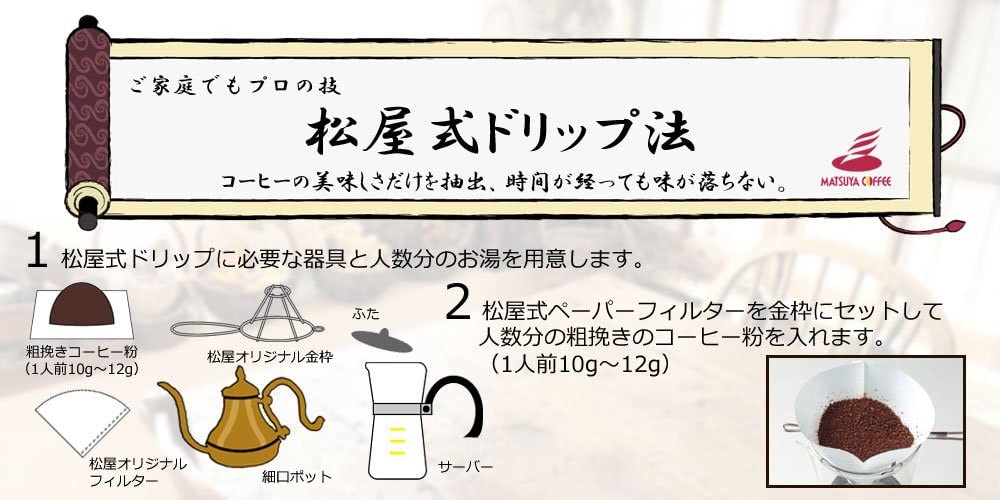
The characteristics and extraction principle of pine room style is a stable extraction with clean flavor. So we need a simple and crude method, in view of the previous scientific and technological problems, now it is very easy to solve the problem, in the past all need to think of ways. 1. The Matsushita type uses an extraction metal frame invented by Panasonic and Yi for the purpose of punching, and the structure of the shelf is also very simple, the purpose is to simply support the filter paper and prevent it from deformation, so the quality of the filter paper used will be harder. It is estimated that another purpose is to dissipate heat quickly and launch water quickly.
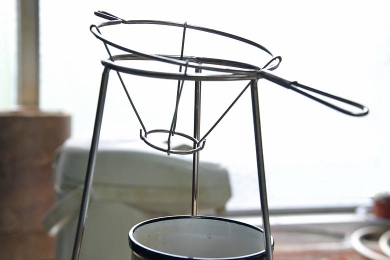
2. Pine house steaming is very interesting. His idea is to drain the air out of the coffee powder so that the coffee tastes the same whether it is freshly roasted coffee beans or coffee beans roasted for a month. He grinds the coffee powder until thick, then steams it with water for three minutes, and covers it during steaming to ensure that most of the aroma is not lost during stewing.
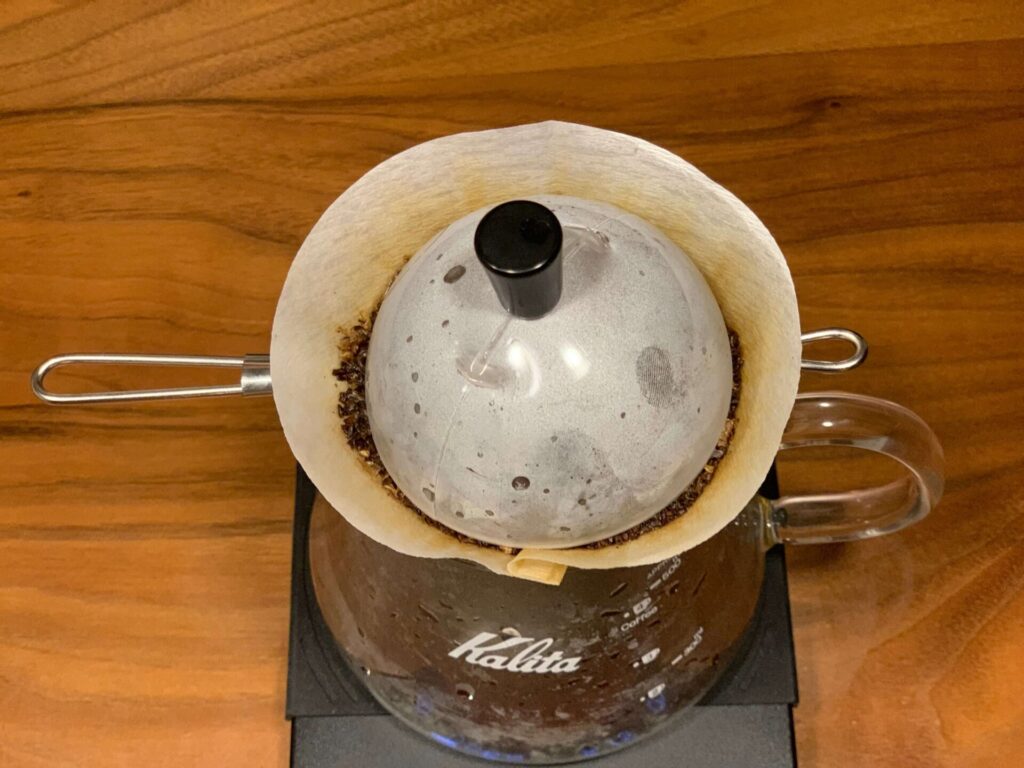
3. Pine house water injection is also very interesting. Since there was no such thing as a thermometer at that time, in order to make sure that the temperature would not deviate too much, he developed a set of "scientific" cooling methods. The hot kettle boils hot water (100 degrees Celsius) and then pours it into the hand kettle, the temperature will drop to about 95-06 degrees Celsius, but such a high temperature is very easy to flush out the bitter taste of coffee. So what he did was to pump the water up, and if he was lucky enough to see the barista raising the water column to the height of 30cm to make coffee, he was probably using pine house coffee. The pine house type of rough grinding basically will not produce stagnant water (immersion), so as to achieve real scouring extraction. Therefore, it will not produce the bitter smell that has been soaked for too long.
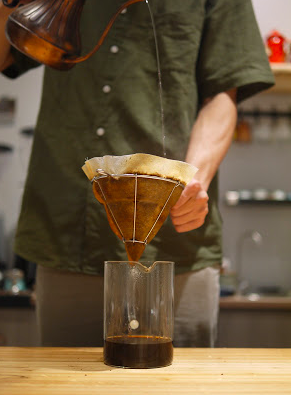
4, pine room type is also characterized by very little coffee, this is because he believes that the most essential part of coffee is in the first half, after the very easy to appear bitter and miscellaneous substances, so the pine room type powder ratio will usually be as high as 1:5, that is, if you use 20g coffee powder brewed, the coffee liquid is only 100ml, and then according to guest preferences diluted with water to the appropriate concentration. Let's take a look at a pine-house-style cooking process. First of all, we need a preparation device with a pine-house-type metal filter frame, a hand pot, filter paper (hard texture), and deep-roasted coffee beans. Coffee beans will be rough to grind, and the fine powder will be removed if necessary. If judged by the No. 20 screen, the pass rate is 40-45%.
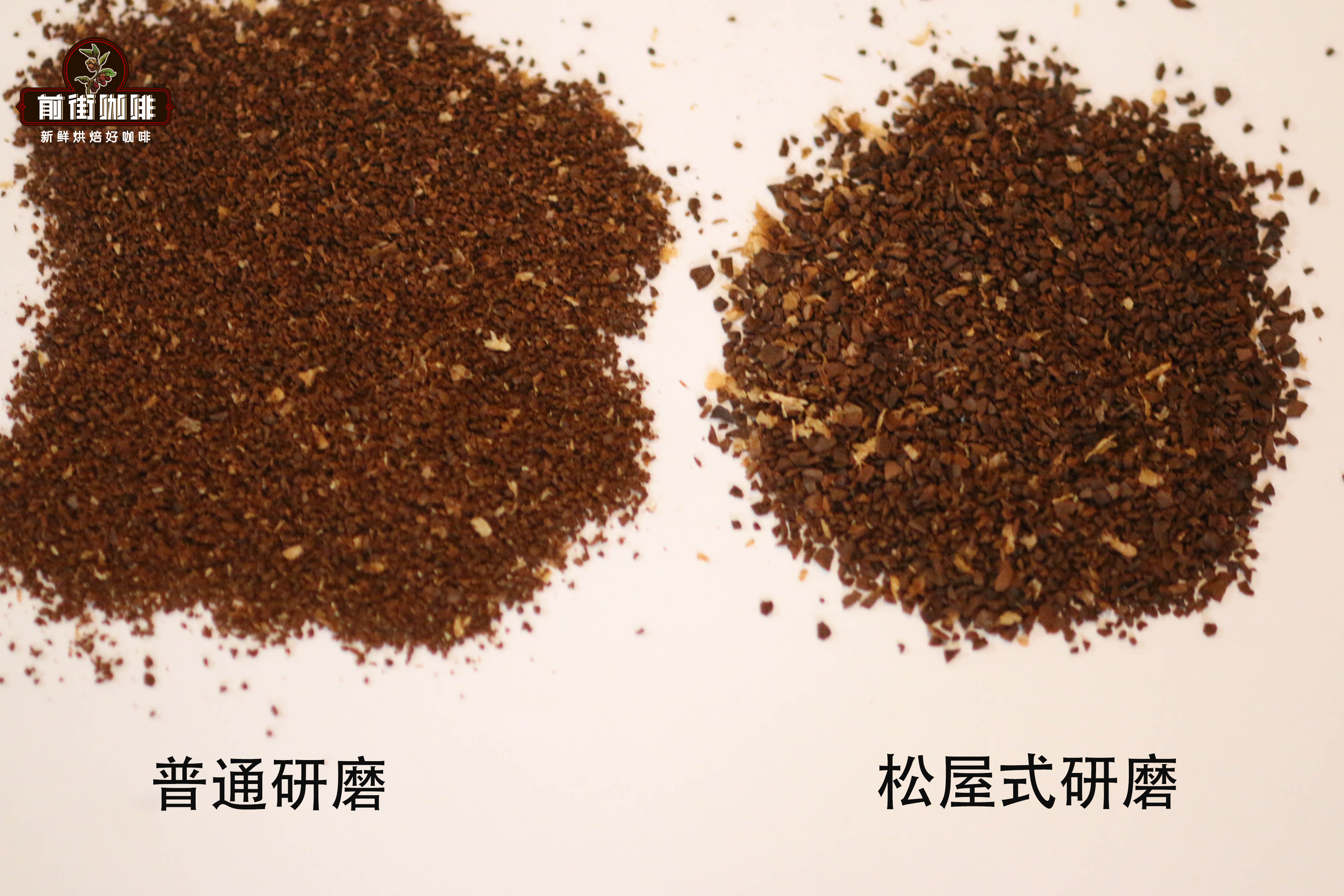
Put the filter paper on the filter rack, then pour the coffee powder into the filter paper, dig a small hole in the center with a spoon, pull up the center of the water column and circle outward, the water column is thin and straight, and wet all the coffee powder on the surface. Then close the lid and stew for 3 minutes.
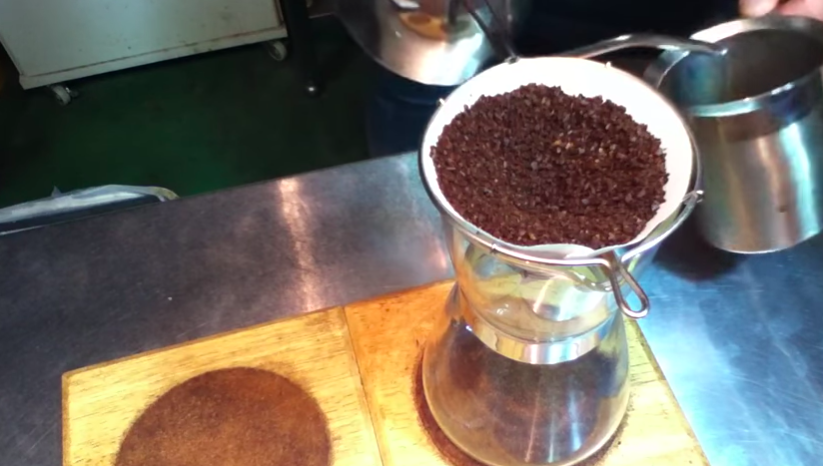
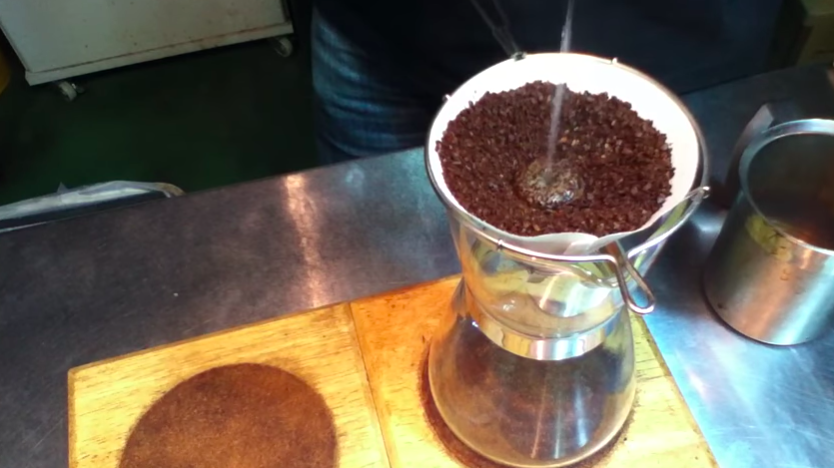
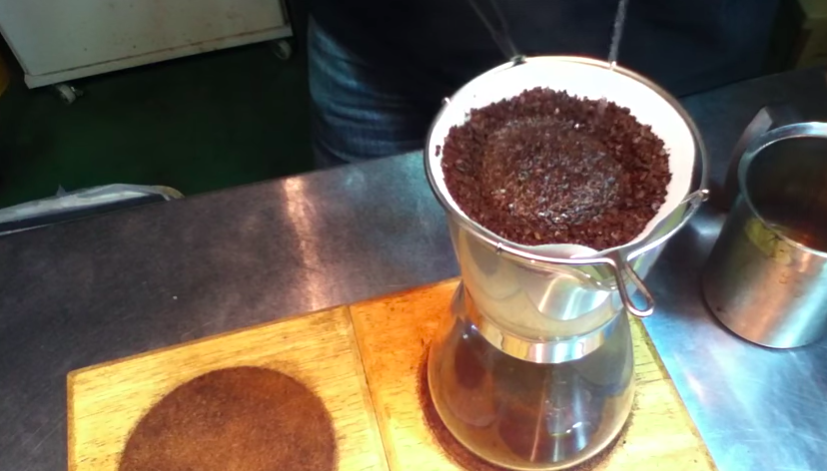
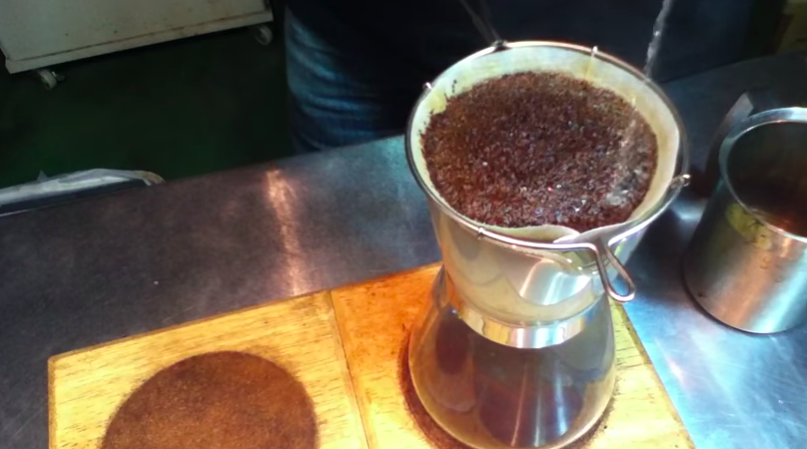
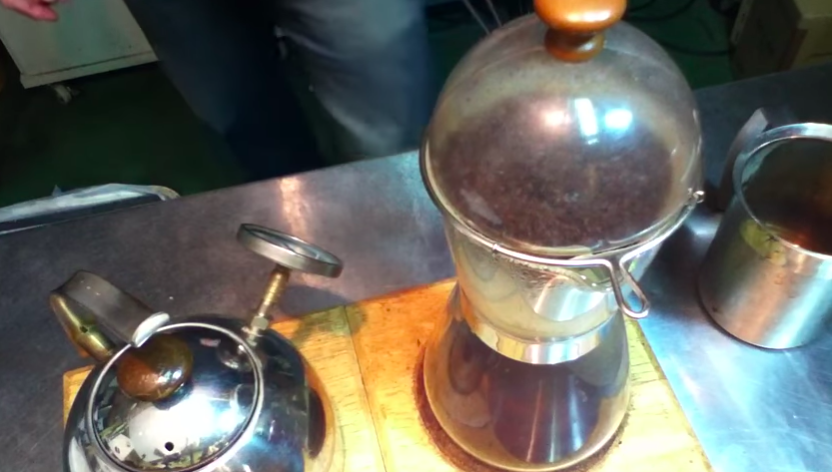
When the time is up, open the lid and raise the 30cm water column for water injection. under the height of the actual 30cm, the water below is no longer a column, but a chain (intermittent). Due to rough grinding, real-time water injection real-time filtration can be achieved without soaking. It is finished when the liquid reaches 1:5.
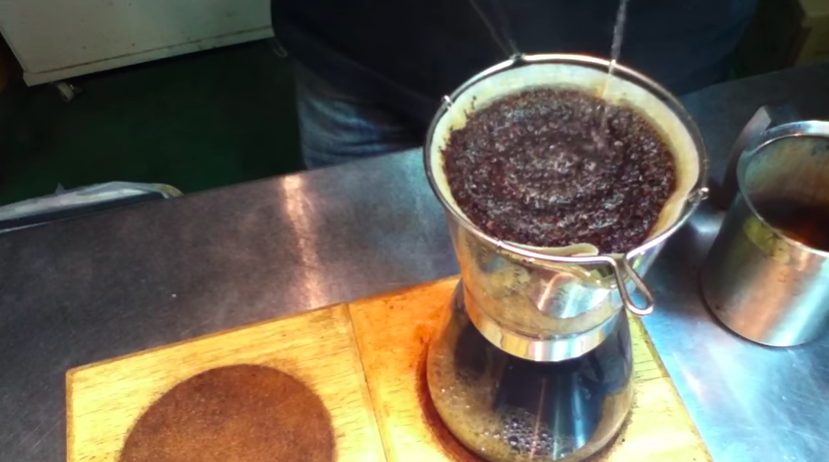
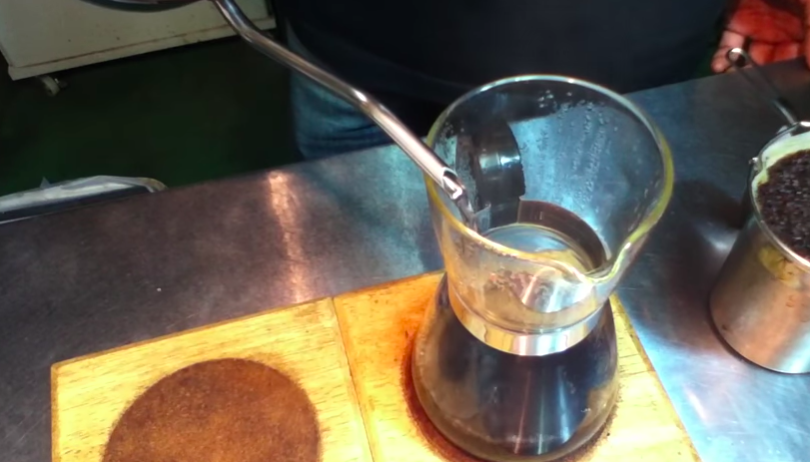
At this time, the concentration of coffee liquid is very high, so the 1:1 water can be diluted. The coffee made in this way will be very clean and the aroma will be well preserved.
Important Notice :
前街咖啡 FrontStreet Coffee has moved to new addredd:
FrontStreet Coffee Address: 315,Donghua East Road,GuangZhou
Tel:020 38364473
- Prev
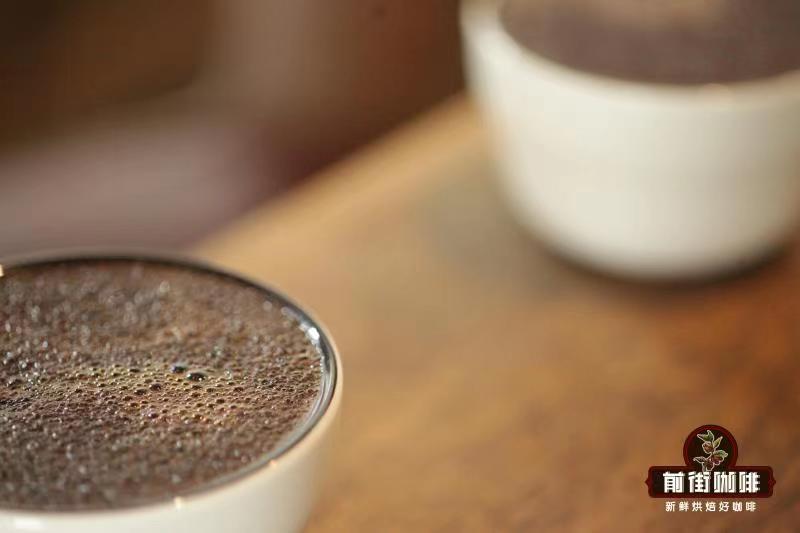
What is the standard of boutique coffee beans and how they are processed
The details of boutique coffee production, from fertilizer, sunshine, climate, growth region and so on, are the key factors affecting the quality and flavor of boutique coffee beans. The maximum dividing line between fine coffee and commercial coffee can be distinguished by a cup test of 80 points, higher than 80 points as fine coffee, and a cup score between 60 and 80 points.
- Next
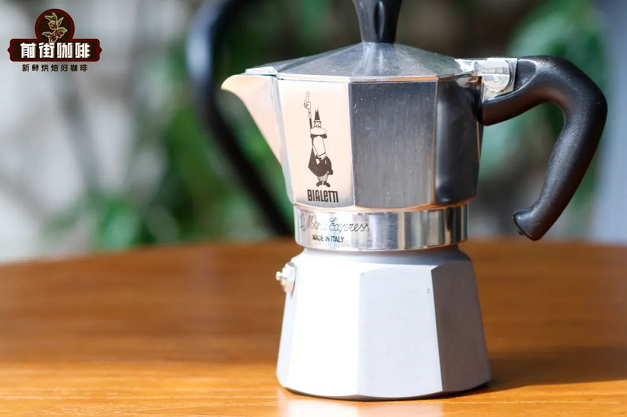
How do mocha pots adjust the thickness of coffee powder Letty mocha pot coffee grinding thickness requires adjustment of teaching
How to adjust the coffee powder in the mocha pot? Many friends have asked me this question, and today, as an old mocha pot, I will teach you how to adjust the coffee powder. First of all, note that the mocha pot is available in size, such as two cups and three cups. This means that the amount of coffee powder in the mocha pot is different, Mo.
Related
- Beginners will see the "Coffee pull flower" guide!
- What is the difference between ice blog purified milk and ordinary milk coffee?
- Why is the Philippines the largest producer of crops in Liberia?
- For coffee extraction, should the fine powder be retained?
- How does extracted espresso fill pressed powder? How much strength does it take to press the powder?
- How to make jasmine cold extract coffee? Is the jasmine + latte good?
- Will this little toy really make the coffee taste better? How does Lily Drip affect coffee extraction?
- Will the action of slapping the filter cup also affect coffee extraction?
- What's the difference between powder-to-water ratio and powder-to-liquid ratio?
- What is the Ethiopian local species? What does it have to do with Heirloom native species?

